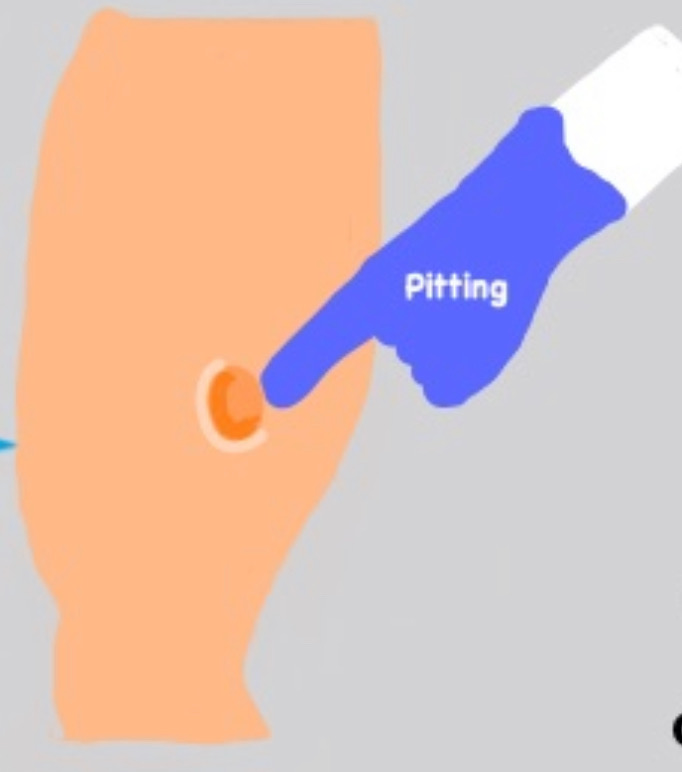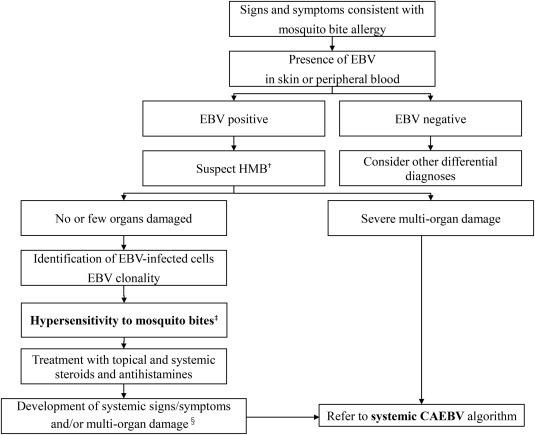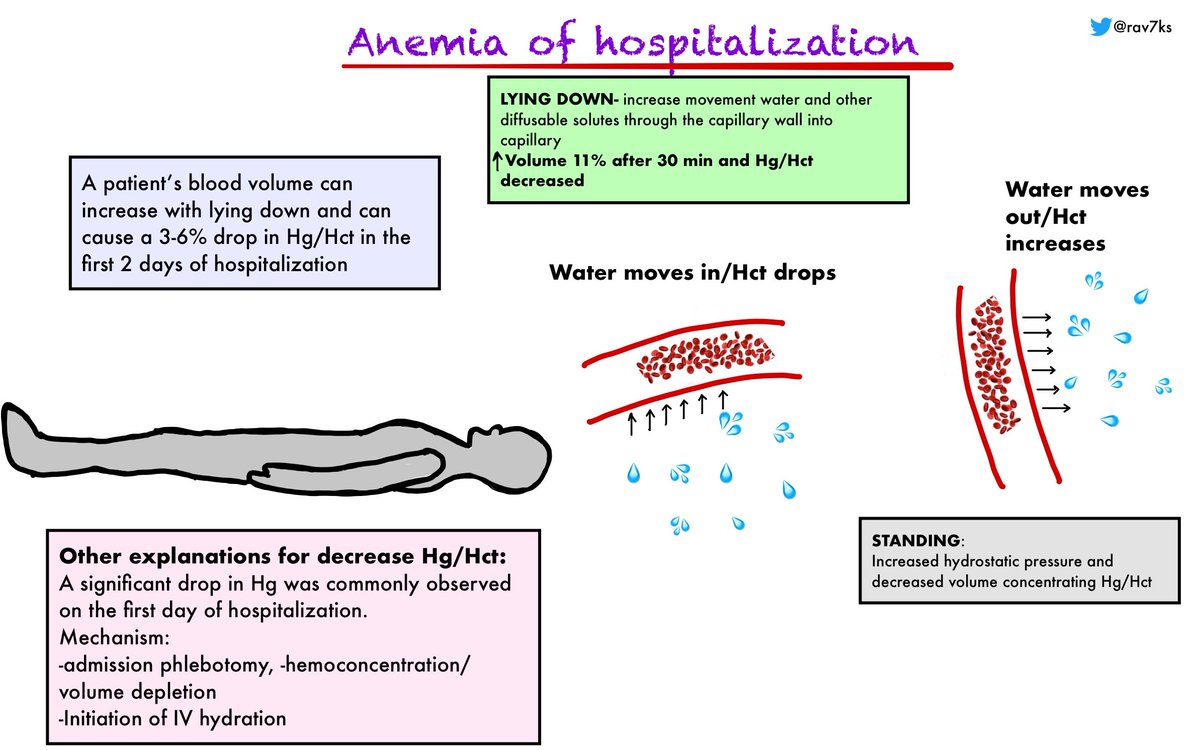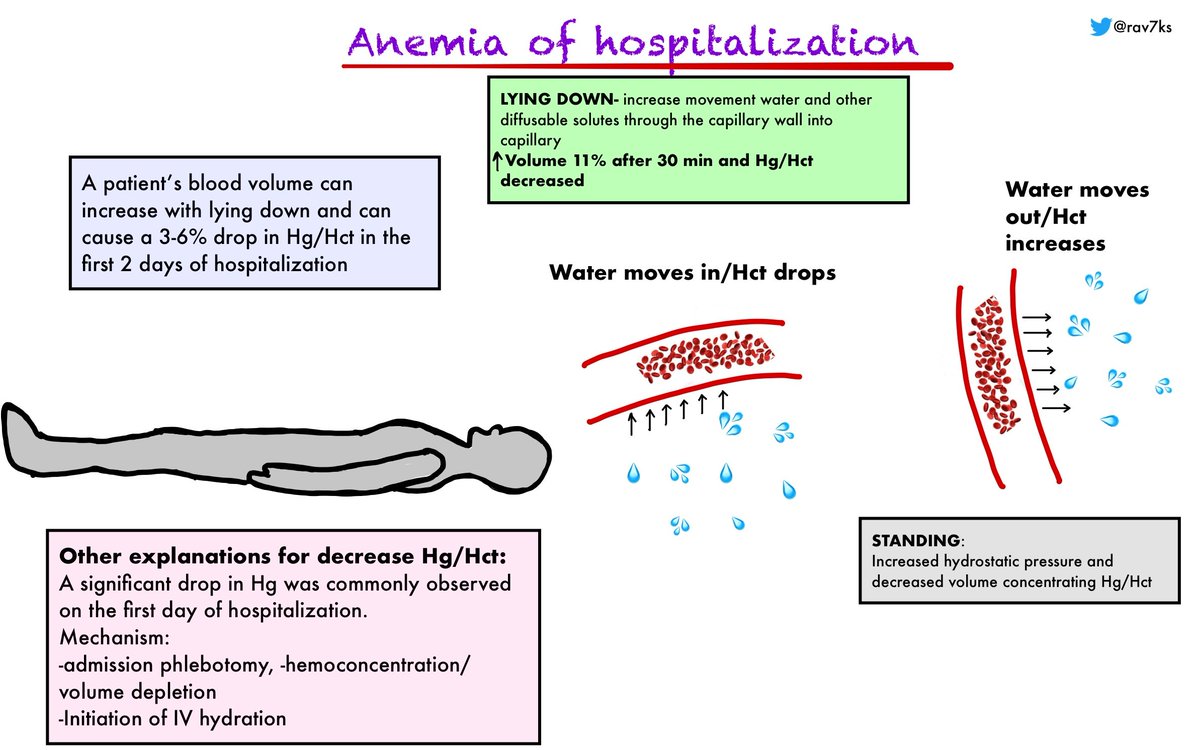1/ LR has been making the rounds on #MedTwitter recently so I decided to put all of the important points versus NS into an infographic with additional points
@MohitHarshMD
#MedTwitter #MedStudentTwitter #Medtweetorials
@MohitHarshMD
#MedTwitter #MedStudentTwitter #Medtweetorials

2/ NS can cause coagulopathy
- NS dilutes clotting factors ➡️ impairing coagulation and hemostasis.
-NS can cause a functional impairment of thrombin and fibrinogen
- ⬆️ disruption of existing clots.
- acidic milieu can also ⬇️ clot formation/stability
pubmed.ncbi.nlm.nih.gov/17414340/
- NS dilutes clotting factors ➡️ impairing coagulation and hemostasis.
-NS can cause a functional impairment of thrombin and fibrinogen
- ⬆️ disruption of existing clots.
- acidic milieu can also ⬇️ clot formation/stability
pubmed.ncbi.nlm.nih.gov/17414340/
3/ In Traumatology:
NS can lead to:
-compartment syndrome
-dilutional coagulopathy
-hyperchloremic metabolic acidosis
-immune dysfunction
pubmed.ncbi.nlm.nih.gov/16832250/
NS can lead to:
-compartment syndrome
-dilutional coagulopathy
-hyperchloremic metabolic acidosis
-immune dysfunction
pubmed.ncbi.nlm.nih.gov/16832250/
4/ Increasing edema:
-NS can increase vascular permeability driving leak of proteins into the interstitial compartment
-can drive the dilatation of vessels➡️ increase cardiovascular stress
-NS can also ⬆️ interstitial edema
- only 20% of infused NS remains intravascular
-NS can increase vascular permeability driving leak of proteins into the interstitial compartment
-can drive the dilatation of vessels➡️ increase cardiovascular stress
-NS can also ⬆️ interstitial edema
- only 20% of infused NS remains intravascular
5/ ⬆️disruption to the vascular endothelial layer by NS induced acidosis:
This is a mechanism explained in animal models where the endothelial glycocalyx is disrupted resulting in more edema.
ncbi.nlm.nih.gov/pmc/articles/P…
This is a mechanism explained in animal models where the endothelial glycocalyx is disrupted resulting in more edema.
ncbi.nlm.nih.gov/pmc/articles/P…
7/ NS induced acidosis can impair cardiac contractilty and also decrease BP.
That may account for a precipitous drop in BP soon after a temporary recovery of BP with a bolus.
This can also be attributed to distribution of fluids across compartments including the interstitium.
That may account for a precipitous drop in BP soon after a temporary recovery of BP with a bolus.
This can also be attributed to distribution of fluids across compartments including the interstitium.
8/ Saline causes hemodynamic instability:
- ⬆️vasocdilation and in this small study there was a finding that patients receiving NS required vasopressors more frequently.
sciencedirect.com/science/articl…
- ⬆️vasocdilation and in this small study there was a finding that patients receiving NS required vasopressors more frequently.
sciencedirect.com/science/articl…
9/ ⬆️ Inflammation with NS
- LR favored in acute pancreatitis - NS can worsen inflammation and necrosis in this condition.
Pts with acute panc. had a no significant trend towards higher SIRS
- higher levels of CRP/ other pro-inflammatory cytokines with NS
- LR favored in acute pancreatitis - NS can worsen inflammation and necrosis in this condition.
Pts with acute panc. had a no significant trend towards higher SIRS
- higher levels of CRP/ other pro-inflammatory cytokines with NS
10/ Inflammation ⬇️ LR
In vitro, LR inhibited the induction of inflammatory phenotype of macrophages and NF-κB activation. This effect was not observed when using Ringer's solution without lactate, suggesting a direct anti-inflammatory effect of lactate
pubmed.ncbi.nlm.nih.gov/29435315/7/
In vitro, LR inhibited the induction of inflammatory phenotype of macrophages and NF-κB activation. This effect was not observed when using Ringer's solution without lactate, suggesting a direct anti-inflammatory effect of lactate
pubmed.ncbi.nlm.nih.gov/29435315/7/
• • •
Missing some Tweet in this thread? You can try to
force a refresh





















